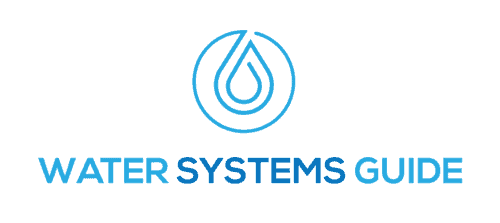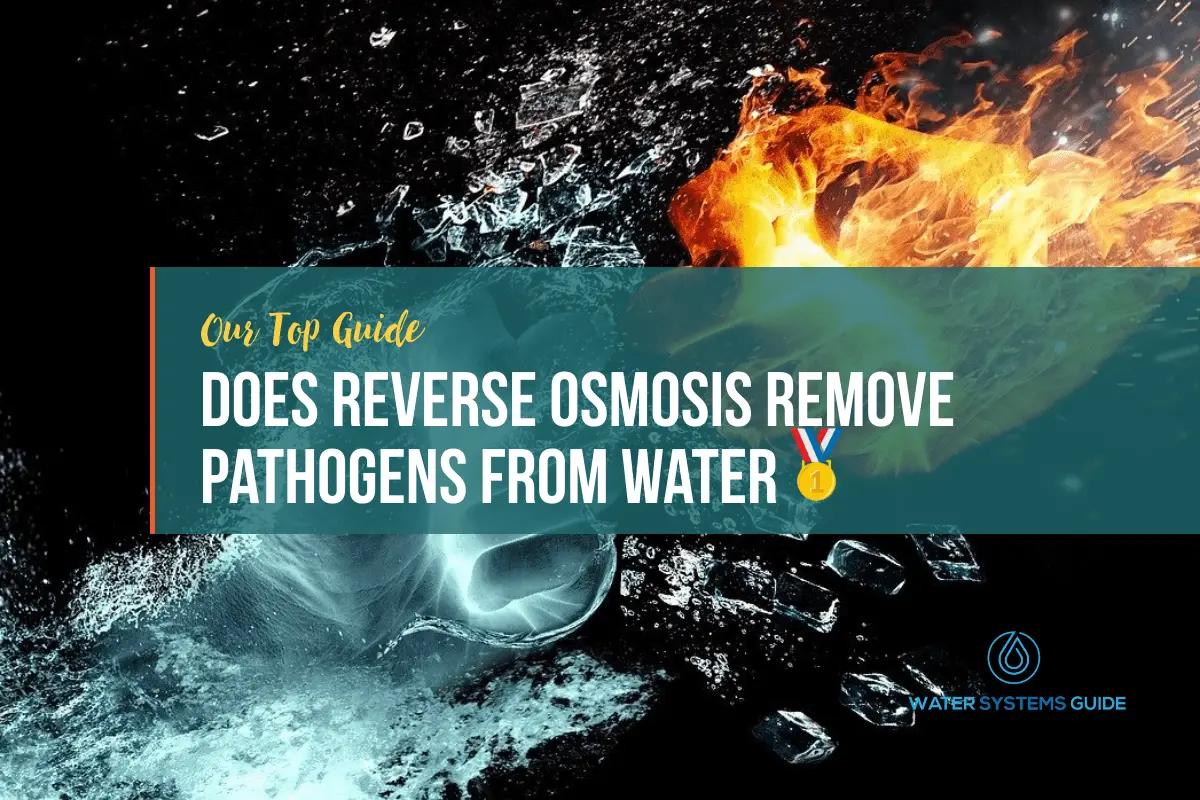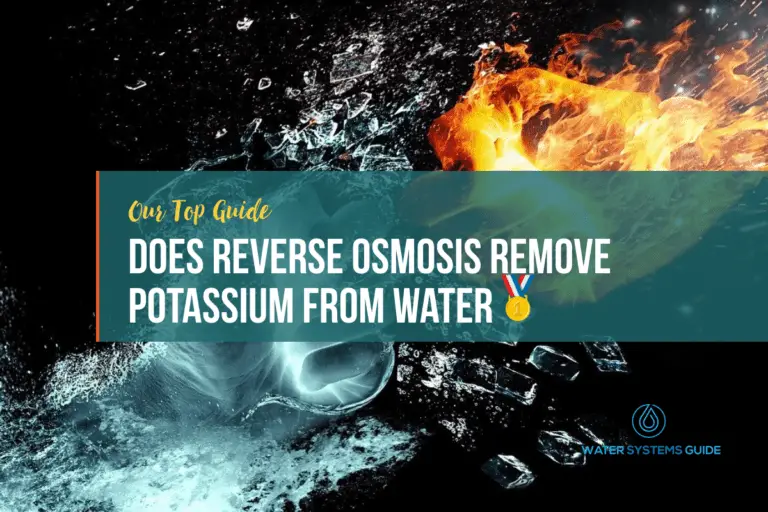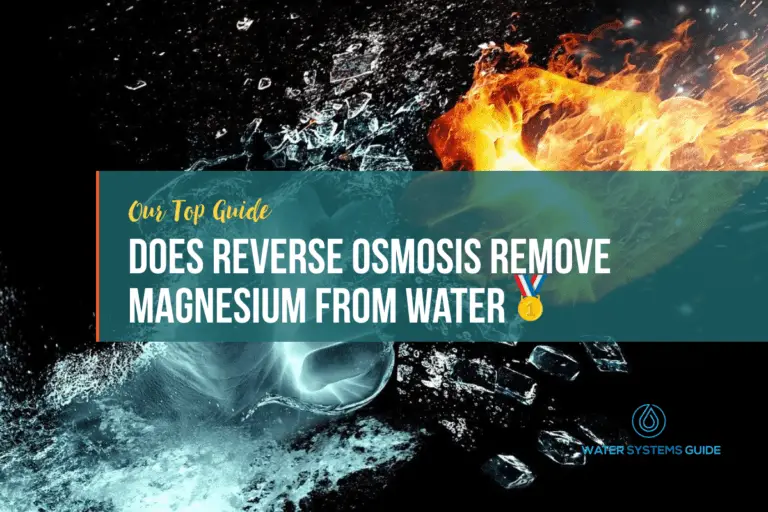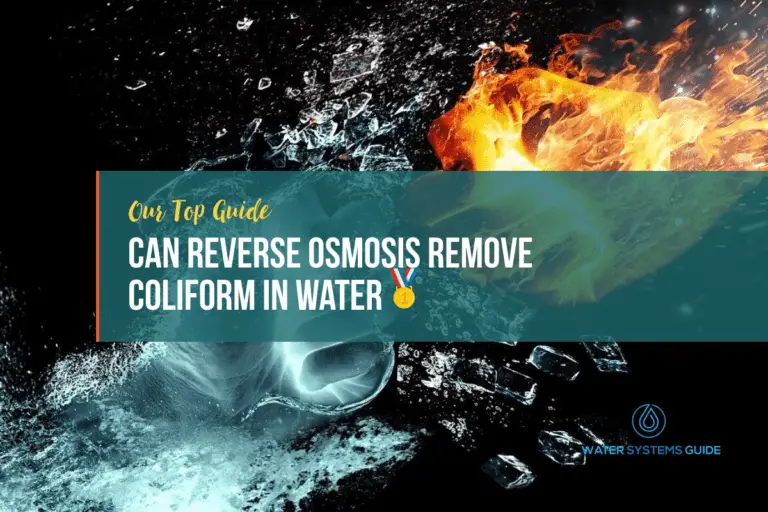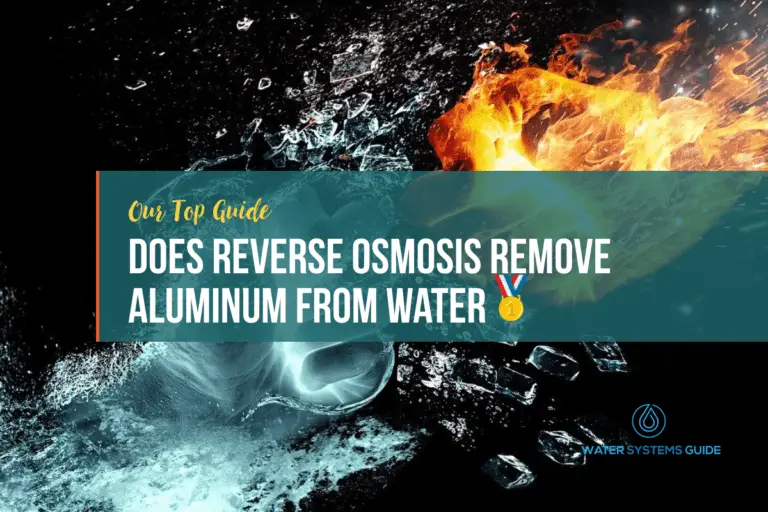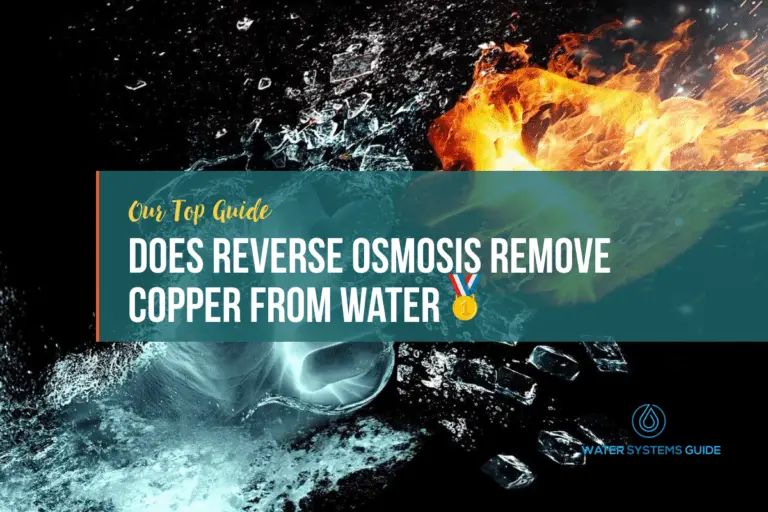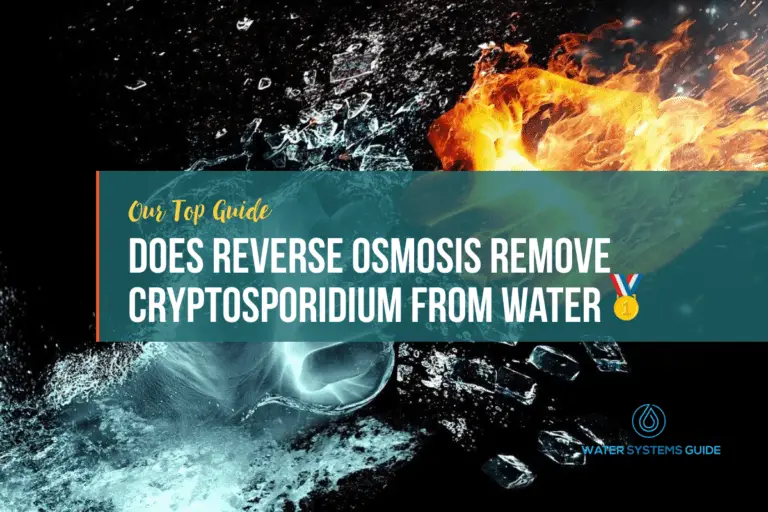Does Reverse Osmosis Remove Pathogens From Drinking Water
In this article, we’re going to be discussing whether RO effectively removes pathogens from water.
What Exactly Are Pathogens
Pathogens are microorganisms that can cause disease. They include bacteria, viruses, fungi and protozoa. Some pathogens are spread through the air, while others are spread through contaminated food or water. Pathogens can also be spread through contact with infected animals or people.
Are Pathogens Harmful to Humans?
Yes, pathogens are harmful to humans. They are microorganisms that cause disease. Pathogens can be bacteria, viruses, fungi, or parasites. They can enter the body through the mouth, nose, or breaks in the skin. Once inside, they multiply and cause illness. Some diseases caused by pathogens include: cholera, malaria, tuberculosis, and typhoid fever.
How Do Pathogens Get Into Our Water Supplies?
There are many ways in which pathogens can enter our water supplies. One way is through contaminated water sources, such as rivers or lakes that are contaminated with sewage or animal waste. Another way is through pipes and plumbing systems that are not properly maintained or that are old and corroded. Pathogens can also enter our water supplies through leaks in water storage tanks or reservoirs. Finally, pathogens can be introduced into our water supplies through the improper use of wells or other private water sources.
Does RO Remove Pathogens from Drinking Water?
Yes, RO removes pathogens from drinking water. In fact, it is one of the most effective methods of water purification available. RO systems use a process known as reverse osmosis to remove impurities from water. This process forces water through a semipermeable membrane, which traps contaminants on one side and allows clean water to pass through to the other side. RO systems are highly effective at removing viruses, bacteria, and other contaminants from water.
How to test your water supply for pathogens
To test your water supply for pathogens, you will need to collect a water sample and send it to a lab for analysis. The lab will test the water for the presence of harmful bacteria, viruses, or parasites. If any of these are found in the water, you will need to take steps to treat the water before using it.
What else does reverse osmosis remove from water?
Alternative Methods Of Removing Pathogens From Water
There are a number of alternative methods that can be used to remove pathogens from water, besides RO. This includes using UV light, boiling the water, chemical disinfection or using a water filter.
Each of these methods has its own advantages and disadvantages. For example, UV light is effective at killing bacteria and viruses, but it does not remove other contaminants from the water. Boiling the water will kill all pathogens, but it’s also not practical. Chemical disinfection will of course use chemical substances, which isn’t ideal. Water filters are effective at removing many different types of contaminants, with few downsides other than the initial cost.
